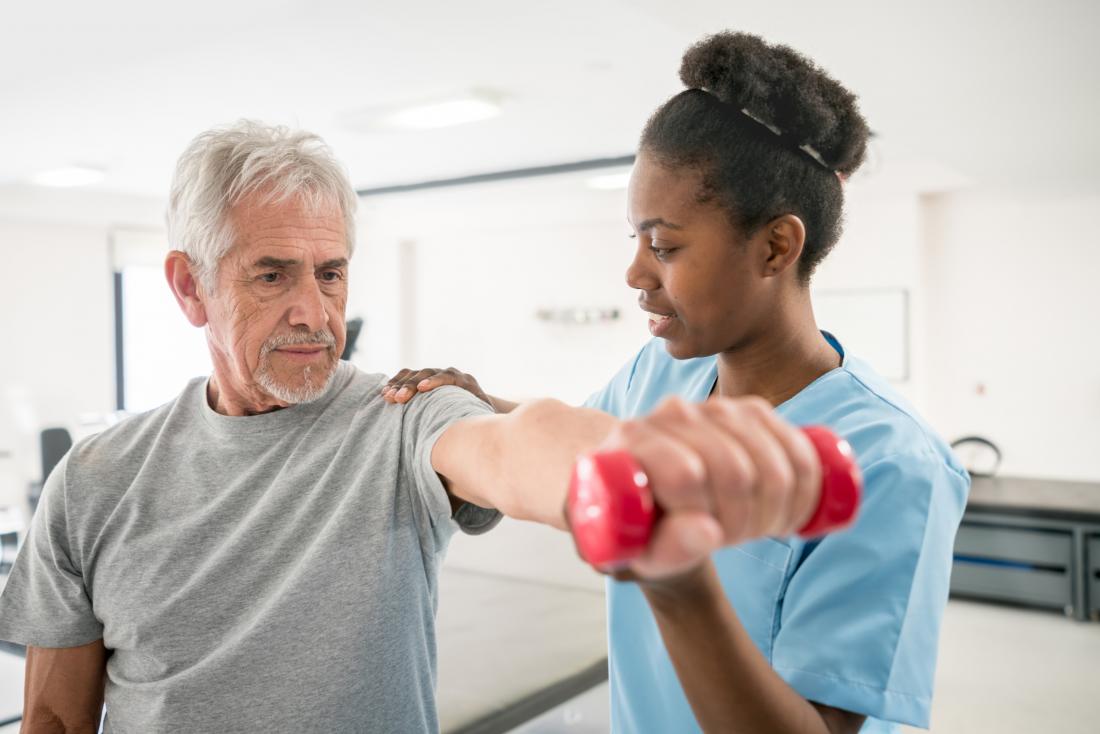Physiotherapy is often associated with recovering from injuries, but its benefits reaches far beyond simply healing physical ailments. For a lot of people, the journey with physical therapy begins following an accident or surgery, but the practice is also an essential tool for enhancing overall performance, mobility, and well-being. Whether you are an athlete looking to improve your game or someone seeking relief from chronic pain, understanding what physical therapy can offer can unlock new levels of health and functionality.
This beginner's guide delves into how physical therapy not only aids in pain management and rehabilitation but also plays a crucial role in preventing future injuries and improving performance. By exploring the various aspects of physical therapy—from specialized treatments for sports injuries to techniques for enhancing flexibility and mobility—you will discover how this discipline can empower individuals of all ages to thrive in their daily activities and pursuits.
Understanding Physical Therapy
Physical therapy is a healthcare profession focused on the treatment and avoidance of motor disorders by manual approaches. https://rpmwoodlandspt.com/physical-therapy-the-woodlands/ includes a range of methods including therapeutic exercises, manual therapy, and the application of tools including thermal therapy, cold, and electrostimulation. Intended to restore function, decrease pain, and improve overall physical performance, physiotherapy is crucial for people healing from injuries, surgeries, or chronic conditions.
One of the core objectives of physiotherapy is to improve mobility and function. Physical therapists analyze patients' physical abilities, identifying limitations and creating customized treatment plans. This tailored approach not just aids in rehabilitation subsequent to an injury but also addresses issues involving posture, ergonomics, and everyday health, underscoring the importance of movement quality and body mechanics in routine movements.
Moreover, physical therapy can play a key role in injury prevention, particularly for athletes. Through targeted strength and flexibility exercises, it helps individuals develop resilience against common sports injuries. With education for clients on proper body mechanics and delivering strategies for safe physical activity, physical therapy allows people to sustain their performance and minimize the risk of future injuries, thereby enhancing their overall athletic capabilities.
Benefits Beyond Injury Recovery

PT provides its advantages well beyond the scope of recovering from injuries. One significant benefit is improved athletic capability. Utilizing specialized strength and conditioning programs, PTs can help sports individuals enhance their abilities, such as speed, agility, and stamina. Through addressing imbalances and deficiencies in the body, athletes can achieve peak efficiency, reducing the likelihood of future injuries while enhancing their potential.
Another vital advantage is the management of pain. Physical therapy methods, such as hands-on techniques, targeted exercises, and therapeutic modalities like ultrasound or electrostimulation, are designed to help individuals manage and alleviate chronic pain conditions. By creating customized treatment plans, physical therapists are able to empower patients to manage their pain and boost their ability to function in everyday tasks, improving their general well-being.
Moreover, physical therapy encourages better movement and flexibility, essential people across all age groups. This can be achieved through gentle stretching routines or strength training exercises, PTs strive to improve range of motion, support joint health, and maintain independence in function. Such preventive approach to physical health does not just help avoid future injuries but further fosters a healthier lifestyle, essential for holistic health and longevity.
Physiotherapy for Every Age
Physical therapy is a multifaceted treatment option that caters to individuals across all age groups, from children to the elderly. Pediatric physical therapy is designed to treat developmental delays, movement disorders, and post-injury rehabilitation in children. By employing enjoyable and interactive techniques, physical therapists help youngsters develop key motor skills and improve their physical abilities. This early intervention can lay a solid foundation for lifelong health and wellness.
For adults, physical therapy plays a key role in managing pain, recovering from injuries, and enhancing overall physical performance. Numerous adults seek therapy for sports-related injuries, chronic pain, or post-surgery rehabilitation. These sessions often focus on strengthening specific muscle groups, enhancing flexibility, and educating patients about injury prevention techniques. By incorporating personalized treatment plans, physical therapists help grown-ups regain their normal life, whether it involves returning to competitive sports or simply participating in daily activities without pain.
As people age, the need for physical therapy becomes even more significant. Senior physiotherapy addresses the unique challenges faced by older adults, such as arthritis, balance issues, or post-stroke recovery. By focusing on mobility, strength, and functional independence, therapists empower seniors to maintain active lives and increase their quality of life. Whether helping with fall prevention or managing chronic conditions, physiotherapy ensures that aging individuals can remain active and enjoy life to the maximum.
